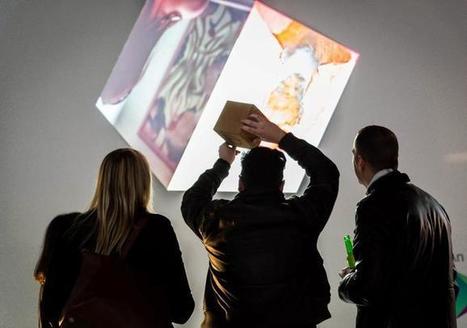PSFK speaks with author and digital culture guru Frank Rose on the highs and lows of engaging storytelling tools like virtual reality
Get Started for FREE
Sign up with Facebook Sign up with X
I don't have a Facebook or a X account
 Your new post is loading... Your new post is loading...
 Your new post is loading... Your new post is loading...
|

Nora Morton's curator insight,
April 22, 2015 4:33 PM
Fascinating new ways to present narratives... "letting us experience stories in a visceral, multi-sensual, personal and participatory way." "Clouds over Sidra" is one of the projects featured in the exhibit created by vrse tools. This virtual reality project immerses the viewer into a Syrian refugee camp through the eyes of a 12 year old girl. Although vrse tools are out of my capacity to navigate, I can only imagine how cool it would be to recreate historical events in a virtual reality to allow students to explore the past in such an intimate way. 
Jeni Mawter's curator insight,
May 4, 2015 10:25 PM
Storytelling gets visceral. Exhibition allows audience to experience stories in a multi-sensual, personal and participatory way. |













Article at: http://www.psfk.com/2015/10/future-of-engaging-storytelling-createtech-conference-frank-rose-wired.html
Frank Rose has the ability to step back from all the excitement and 'shiny penny' aspects of technology and hone in on the critical experiential elements. Art, film, image, music etc. have always been about shifting perspectives. Technology enables new levels of experience. Simple things, like sound added to film, were as mind-boggling an experience as VR. But technology also needs to enable core drivers. Where well produced VR gives visual control and good storytelling in VR can add meaning, it will be critical for developers to not overlook the primacy of social connection.